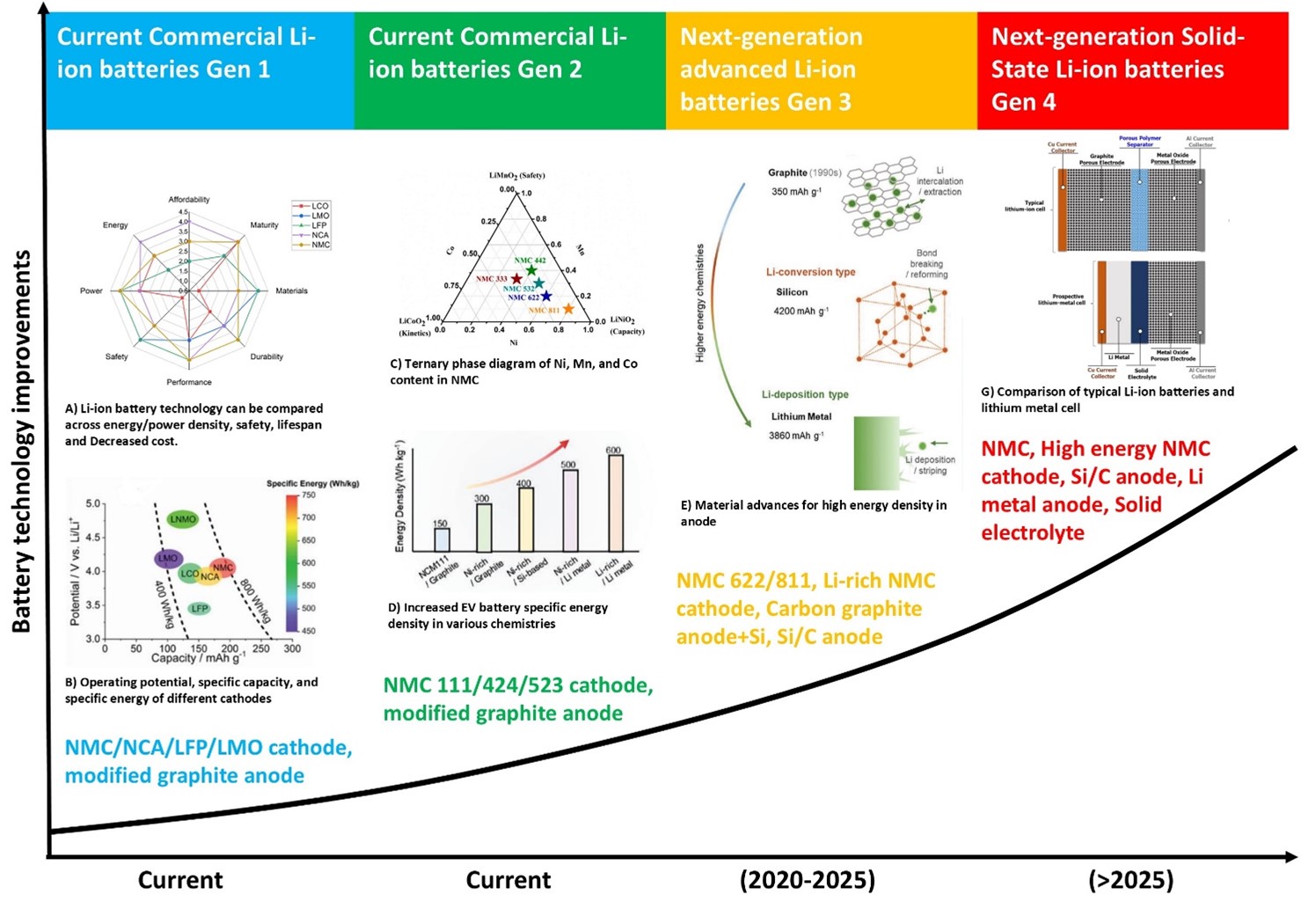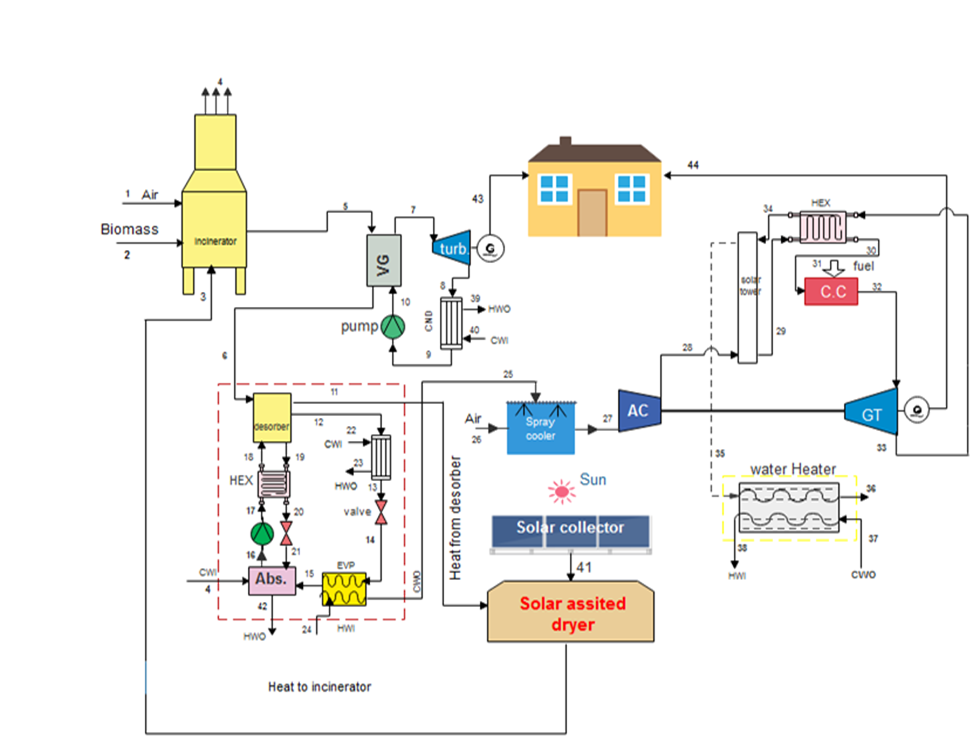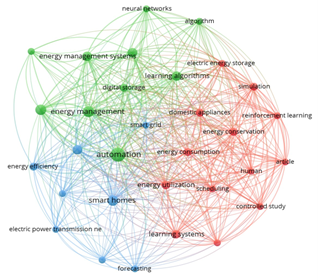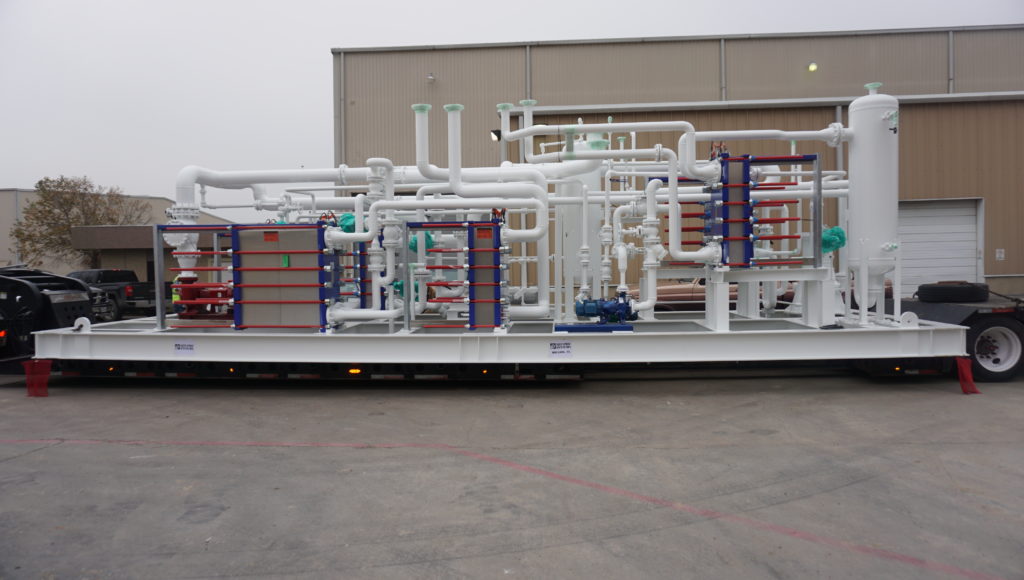Evaluating the economic impact of solar energy on local industries in Semnan, Iran
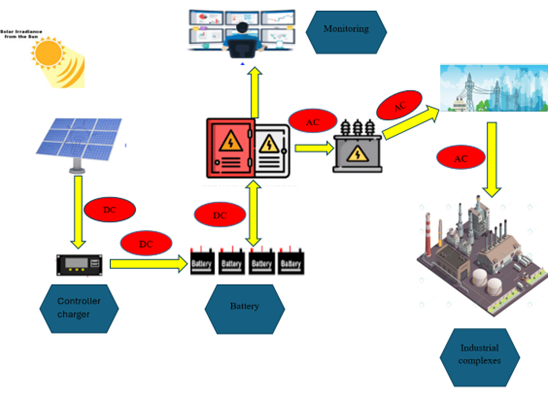
Downloads
This study provides a comprehensive technical, economic, and environmental analysis for the implementation of a 10 MW solar power plant in Semnan Industrial Park. With increasing global energy demand, the transition from fossil fuels to renewable energy sources is essential to mitigate environmental impacts and reduce greenhouse gas emissions. This research highlights innovative developments in photovoltaic systems and energy storage solutions, demonstrating their potential for increased efficiency and reliability. From an economic perspective, the analysis shows that solar energy can achieve competitive energy production costs estimated at around $0.05/kWh, especially in semi-arid and solar resource-rich regions. Furthermore, the study emphasizes the importance of supportive government policies and incentives to facilitate investment in solar technologies. The results show that adopting solar energy solutions not only addresses environmental concerns but also offers significant economic benefits, including a 7-10 year payback period for the proposed power plant. Overall, this research highlights the vital role of solar energy in fostering sustainable industrial development while contributing to climate change mitigation efforts.
Sharif, A., et al., Role of solar energy in reducing ecological footprints: An empirical analysis. Journal of Cleaner Production, 2021. 292: p. 126028.
Ahmadi, S., et al., Reducing the share of electricity generation from fossil fuels by replacing renewable energies in rainy areas. 2023.
Norouzi, M., M. Yeganeh, and T. Yusaf, Landscape framework for the exploitation of renewable energy resources and potentials in urban scale (case study: Iran). Renewable energy, 2021. 163: p. 300-319.
Rodrigues, S., et al., Economic feasibility analysis of small scale PV systems in different countries. Solar Energy, 2016. 131: p. 81-95.
Abdoos, M., et al., Evaluating zero-energy strategies in mixed-use buildings: a case study. Future Energy, 2025: p. 8-18.
Gorjian, S., et al., Solar photovoltaic power generation in Iran: Development, policies, and barriers. Renewable and Sustainable Energy Reviews, 2019. 106: p. 110-123.
Ashtiani, M.N., et al., Techno-economic analysis of a grid-connected PV/battery system using the teaching-learning-based optimization algorithm. Solar Energy, 2020. 203: p. 69-82.
Gharibshahian, I., S. Sharbati, and A.A. Orouji, The Design and Evaluation of a 100 kW Grid Connected Solar Photovoltaic Power Plant in Semnan City. Journal of Solar Energy Research, 2017. 2(4): p. 287-293.
Turney, D. and V. Fthenakis, Environmental impacts from the installation and operation of large-scale solar power plants. Renewable and Sustainable Energy Reviews, 2011. 15(6): p. 3261-3270.
Abdoos, M., et al., Forecasting Solar Energy generation in the Mediterranean Region up to 2030-2050 Using Convolutional Neural Networks (CNN). Cleaner Energy Systems, 2024: p. 100167.
Umar, N., et al., Comparison of different PV power simulation softwares: case study on performance analysis of 1 MW grid-connected PV solar power plant. International Journal of Engineering Science Invention (IJESI), 2018. 7(7): p. 11-24.
Yousefi, H., H. Hafeznia, and A. Yousefi-Sahzabi, Spatial site selection for solar power plants using a gis-based boolean-fuzzy logic model: A case study of Markazi Province, Iran. Energies, 2018. 11(7): p. 1648.
Esfe, M.H., et al., Simulation of the impact of solar radiation intensity on the performance of economical solar water desalination still in Semnan province. Case Studies in Thermal Engineering, 2021. 28: p. 101471.
Liu, M., et al., Review on concentrating solar power plants and new developments in high temperature thermal energy storage technologies. Renewable and Sustainable Energy Reviews, 2016. 53: p. 1411-1432.
Rehman, S., et al., Feasibility study of the grid connected 10 MW installed capacity PV power plants in Saudi Arabia. Renewable and Sustainable Energy Reviews, 2017. 80: p. 319-329.
Abaza, M.A., et al., 10 MW concentrated solar power (CSP) plant operated by 100% solar energy: Sizing and techno-economic optimization. Alexandria Engineering Journal, 2020. 59(1): p. 39-47.
Vennila, C., et al., Designing and Performance Analysis of a Concentrated Solar Power System in Cold Arid High DNI Area, International Journal of Intelligent Systems and Applications in Engineering, Vol. 12 No. 2s (2024), https://ijisae.org/index.php/IJISAE/article/view/3647/2264
Castilla, G.M., et al., Techno-economics of solids-based thermochemical energy storage systems for large scale, high-temperature applications. Journal of Energy Storage, 2024. 101: p. 113944.
Hoseinzadeh, S. and F. Pourfayaz, Feasibility assesment of a 10-MW grid-connected photovoltaic power plant for small industries: a case study in Iran. Journal of Thermal Analysis and Calorimetry, 2024: p. 1-12.
Liu, J. Research on machine learning-based solar energy production prediction. in Second International Conference on Physics, Photonics, and Optical Engineering (ICPPOE 2023). 2024. SPIE.
Mumtaz, A., et al., Multi-dimensional potential assessment of grid-connected mega-scale floating PV power plants across heterogeneous climatic zones. Frontiers in Energy Research, 2024. 12: p. 1404777.
Raimondi, G. and G. Spazzafumo, Integrating renewable energy communities and Italian UVAM project through renewable hydrogen chain. e-Prime-Advances in Electrical Engineering, Electronics and Energy, 2024. 10: p. 100819.
Atatreh, S., et al. Innovation in Battery Energy Storage Systems via Redox Flow Batteries Technology. in Abu Dhabi International Petroleum Exhibition and Conference. 2024. SPE.
Raphael, V.S.P., et al. Comparison Studies on Low Temperature Thermal Desalination and Open Cycle OTEC Plants. in ISOPE Pacific/Asia Offshore Mechanics Symposium. 2024. ISOPE.
Ziyaei, S., et al., Impact analysis of internalizing environmental costs on technical, economic, and environmental performances for power plants. International Journal of Environmental Research, 2023. 17(5): p. 54.
Ahmad, F., et al., Comprehensive Analysis of a Hybrid Solar Assisted Supercritical CO2 Reheat Recompression Brayton Cycle for Enhanced Performance. International Journal of Thermofluids, 2024. 24: p. 100926.
Li, J., et al., Evaluating the techno-economic feasibility of hydrogen-fuelled reciprocating engines for renewable base-load power generation. Energy Conversion and Management, 2024. 311: p. 118515.
Stevenson, A., H. Riggs, and A. Sarwat, Data-driven scheduling of a grid-connected university campus battery energy storage system considering variable weather and energy pricing. Energy Reports, 2024. 12: p. 5116-5132.
Karrabi, M., F. Jabari, and A.A. Foroud, A green ammonia and solar-driven multi-generation system: Thermo-economic model and optimization considering molten salt thermal energy storage, fuel cell vehicles, and power-to-gas. Energy Conversion and Management, 2025. 323: p. 119226.
Dadashi, Z., A. Mahmoudi, and S. Rashidi, Capacity and strategies of energy production from renewable sources in Arab countries until 2030: a review from renewable energy potentials to environmental issues. Environmental Science and Pollution Research, 2022. 29(32): p. 47837-47866.
Islam, B.S.B. and T. Sokhansefat, Climate change mitigation with clean energy: a case study on the potential of solar photovoltaic power plants in eastern Iran. Arabian Journal of Geosciences, 2023. 16(2): p. 108.
Rahmani, S. and A. Goli, Robust sustainable canola oil-based biodiesel supply chain network design under supply and demand uncertainty. Environmental Science and Pollution Research, 2023. 30(36): p. 86268-86299.
Ghodrati, S., et al., Assessing the water–energy–carbon nexus (WECN) in combined cycle power plants in Iran. International Journal of Environmental Science and Technology, 2023. 20(3): p. 2649-2672.
Fan, R., J. Mi, and C. Liu, Terrestrial transparent green energy receiving system designed for Space Solar Power Station. Space Solar Power and Wireless Transmission, 2024. 1(2): p. 102-107.
Dayi, F., et al., Management of sustainable investments: A comprehensive financial evaluation of wind energy facilities in Kastamonu. Energy for Sustainable Development, 2024. 81: p. 101501.
Asadbagi, P., A.M. Nasrabadi, and C.M. Hall, Full analysis and deep learning optimization of a sustainable and eco-friendly power plant to generate green hydrogen and electricity; A zero-carbon approach. Process Safety and Environmental Protection, 2024. 190: p. 277-297.
Zahedi, R., et al., Technical, economic and environmental assessment of carbon capture from thermal power plants and convert it into value added concrete material. Emergent Materials, 2024: p. 1-12.
Abdous, M., et al., Design and analysis of zero-energy and carbon buildings with renewable energy supply and recycled materials. Energy and Buildings, 2024. 324: p. 114922.
Tahir, M.F., A. Tzes, and M.Z. Yousaf, Enhancing PV power forecasting with deep learning and optimizing solar PV project performance with economic viability: A multi-case analysis of 10 MW Masdar project in UAE. Energy Conversion and Management, 2024. 311: p. 118549.
Hajinezhad, A., A.G. Senani, and M. Mehrpooya, Energy, economic, environmental evaluations, and multi-objective optimization of a novel integrated renewable hybrid power plant system with CO2 capture and storage. Journal of Thermal Analysis and Calorimetry, 2023. 148(22): p. 12525-12548.
Fardnia, K., H. Yousefi, and M. Abdoos, A bibliometric analysis of carbon and water footprints in renewable energy: The post-COVID-19 landscape. Green Technologies and Sustainability, 2024: p. 100162.
Kiehbadroudinezhad, M., et al., Environmental assessment of optimized renewable energy-based microgrids integrated desalination plant: considering human health, ecosystem quality, climate change, and resources. Environmental Science and Pollution Research, 2023. 30(11): p. 29888-29908.
Opoku, P. and H. Song, Sustainability and affordability of Chinese-funded renewable energy project in sub-Saharan Africa: a hybridized solid oxide fuel cell, temperature sensors, and lithium-based solar system approach. Environmental Science and Pollution Research, 2023. 30(33): p. 80768-80790.
Toopshekan, A., H. Yousefi, and F.R. Astaraei, Technical, economic, and performance analysis of a hybrid energy system using a novel dispatch strategy. Energy, 2020. 213: p. 118850.
Hafeznia, H., H. Yousefi, and F.R. Astaraei, A novel framework for the potential assessment of utility-scale photovoltaic solar energy, application to eastern Iran. Energy Conversion and Management, 2017. 151: p. 240-258.
Kasaeian, A., et al., A review on parabolic trough/Fresnel based photovoltaic thermal systems. Renewable and Sustainable Energy Reviews, 2018. 91: p. 193-204.
Ghodusinejad, M.H., et al., Multi-criteria modeling and assessment of PV system performance in different climate areas of Iran. Sustainable Energy Technologies and Assessments, 2022. 53: p. 102520.
Yousefi, H., et al., A review of the criteria for locating of solar power plants in Iran. Geospatial Engineering Journal, 2017. 8(2): p. 25-38.










